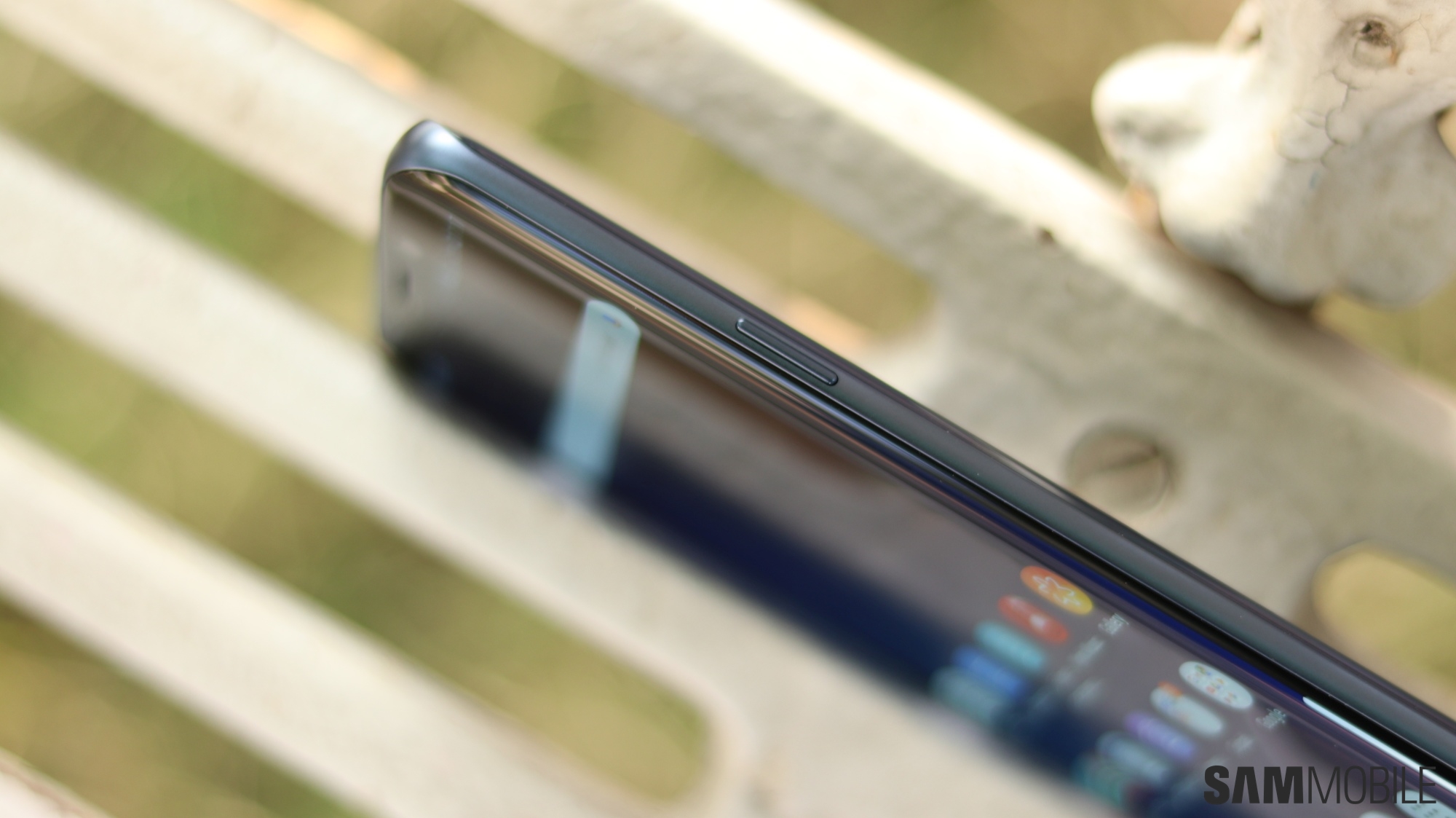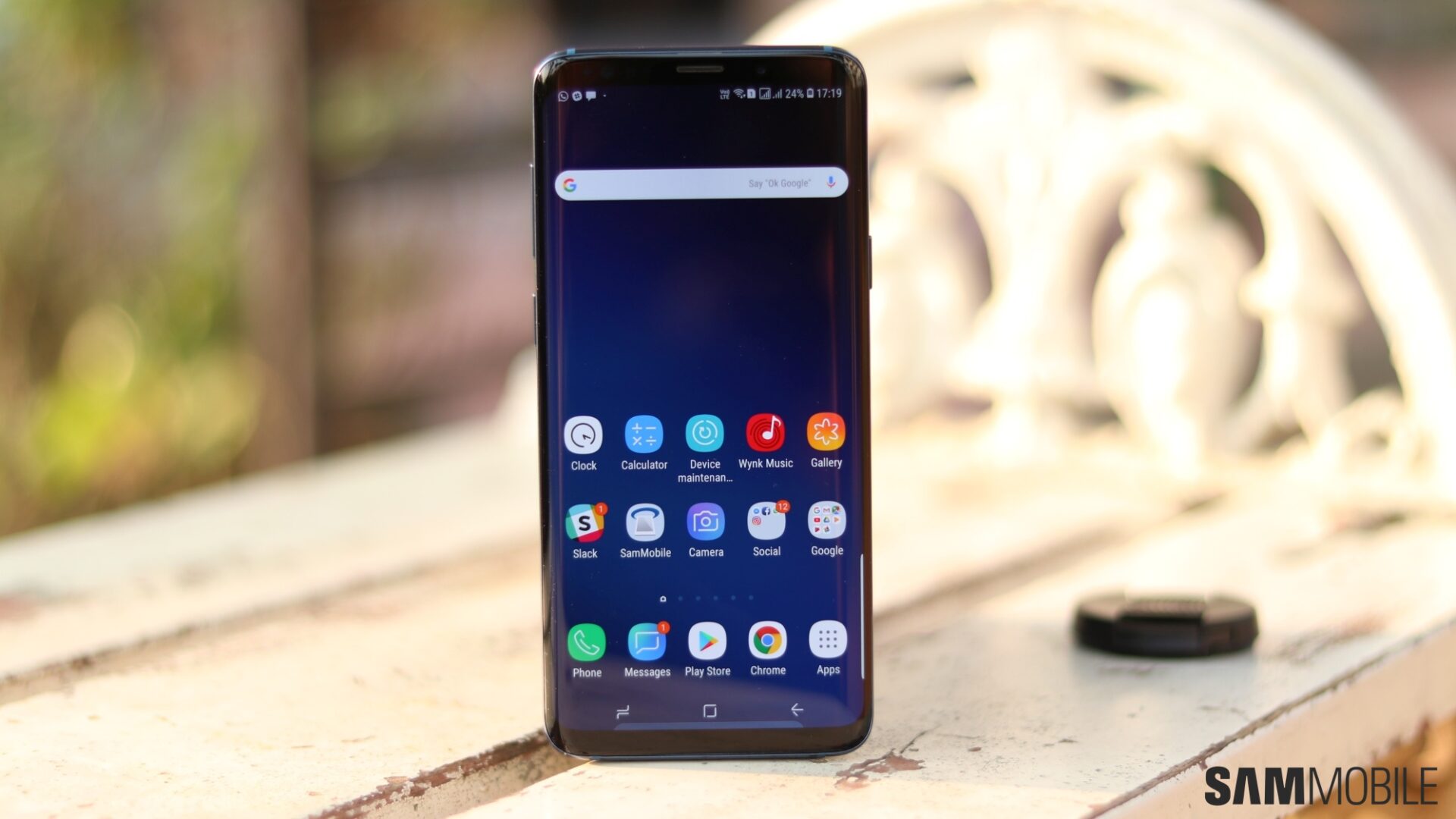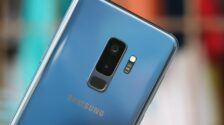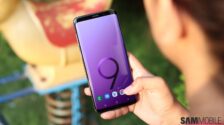Introduction
The Galaxy S9 is a successor to the Galaxy S8 and mostly brings incremental updates to the table. Samsung got many things right with the Galaxy S8, and so the company built the S9 on the successful foundation by addressing complaints and making meaningful improvements in some areas. From design to performance, it is not wrong to call the Galaxy S9 an improved and more powerful Galaxy S8.
Even though the Galaxy S9+ is the market-favorite, the S9 is by no means a bad device. It is compact and cheaper than the plus variant but doesn’t sacrifice much to achieve any of those. It is an ideal flagship for customers who are unhappy with modern flagships becoming bigger and more difficult to operate with one hand.
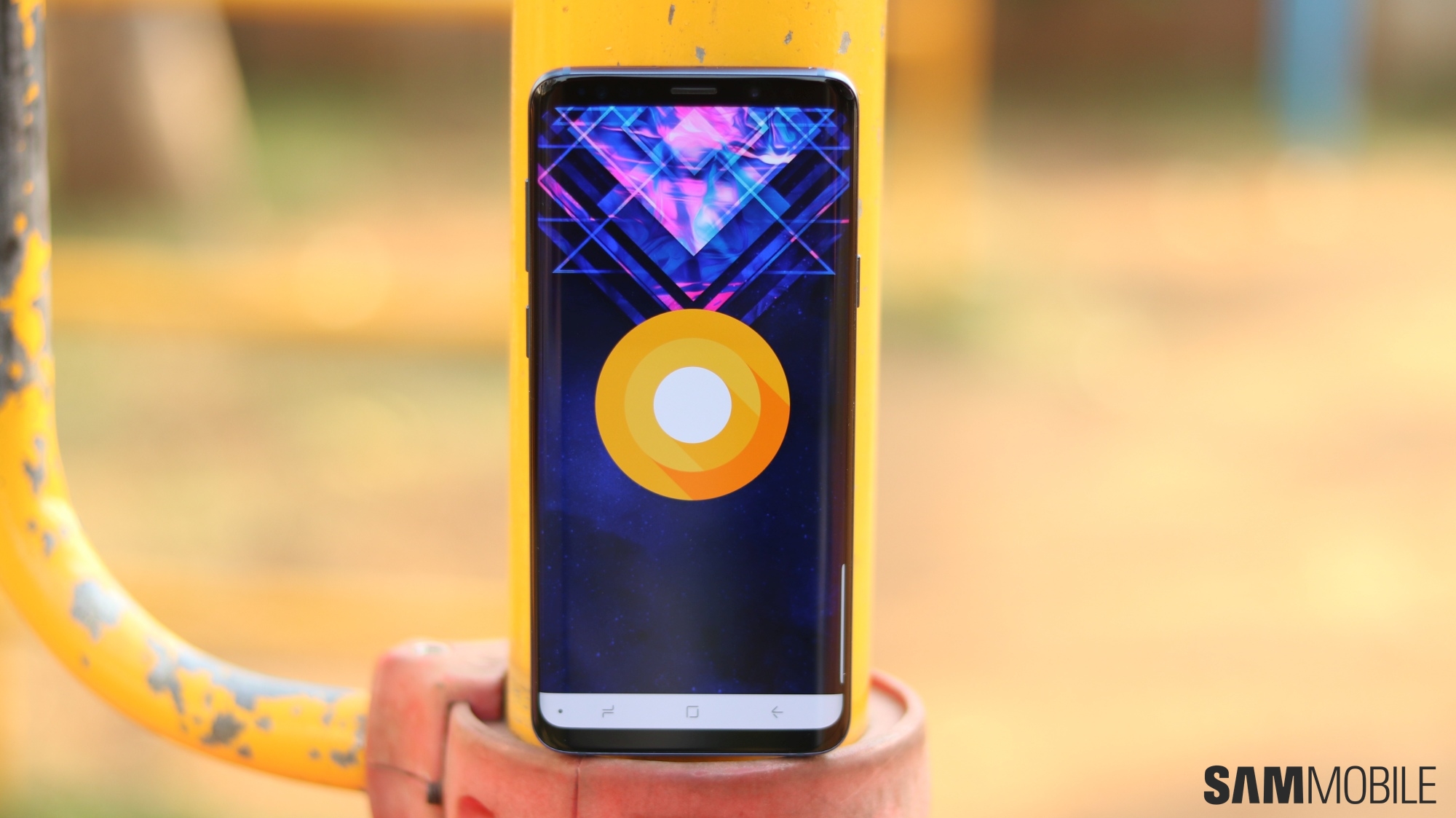
Design
The Galaxy S8’s design was critically acclaimed and Samsung refined it even further with the Galaxy S9 series. The S9 looks and feels similar to the Galaxy S8 and is built using the same materials. It has Gorilla Glass 5 on the front and back with a metal frame in between. Samsung made the Galaxy S9 slightly smaller than the S8 by further trimming the already-slim bezels on its predecessor, and the company did so without adding any notch.
The front of the Galaxy S9 is dominated by a large Infinity display that curves on the sides and has small bezels on the top and the bottom. The top bezel houses an Iris scanner, ear speaker, proximity sensor, and front camera, while the bottom bezel is empty. The power button is located on the right, volume rocker and Bixby button on the left, SIM slot on the top, and a headphone jack, USB Type-C port, primary microphone, and a speaker grille are on the bottom side of the device.
On the rear side, there is a single camera towards the middle, a fingerprint scanner below it, and an LED flash and a heart rate sensor to their right. The back also displays Samsung branding and, depending on the market, the model name. The device measures 147.7 x 68.7 x 8.5 mm and weighs 163 grams.
Specifications
Not just on the outside, the Galaxy S9 is an incremental upgrade over its predecessor in specs as well. The compact flagship comes with a 5.8-inch Quad HD+ Infinity display, 4 GB RAM, 64/128/256 GB internal storage, microSD support, 12 MP primary camera, 8 MP front camera, USB 3.1 Type-C port, 3,000 mAh battery, fast wireless and wired charging, AKG-tuned stereo speakers, Dolby Atmos surround sound, IP68 rating, Samsung Pay with MST, and more.
Just like every other Galaxy S flagship, the Galaxy S9 will come with either a Snapdragon or an Exynos chipset, depending on the market. The Snapdragon variant packs a Qualcomm SD845 10 nm SoC with an Adreno 630 GPU, while the Exynos model comes with an Exynos 9810 Octa 10 nm chip with Mali-G72 MP18 GPU. The device shipped with Android 8 Oreo with Samsung Experience UX 9.0, but Samsung has upgraded it to Android 9 Pie and One UI early this year.
You can go to our Galaxy S9 page for the complete list of specifications.

Display
The Galaxy S9 sports a curved 5.8-inch Quad HD+ (2960×1440) Super AMOLED Infinity display with 18.5:9 aspect ratio and Corning Gorilla Glass 5 protection. Though the S9 and S9+ have the same display, owing to its smaller size, the screen on S9 is theoretically sharper with a higher pixel density of ~570 PPI. The display supports HDR content, making it ideal for media consumption.
While Samsung may not have upgraded the screen size and resolution, it did make quality improvements to the panel, which resulted in the S9/S9+ display receiving the best smartphone display tag from DisplayMate. The S9 series held on to that rank until the launch of Samsung’s own Galaxy Note 9.
Camera
The Galaxy S9’s biggest improvements over its predecessors are in the camera department. It comes with a rear 12 MP f/1.5-2.4 Super Speed Dual Pixel sensor with Dual Aperture lens and 8 MP f/1.7 selfie shooter. The primary camera comes with Optical Image Stabilization (OIS) and PDAF (Phase Detection Auto Focus). Both the cameras support bokeh effect, but the results may not always be impressive as it is entirely software-based. The rear camera can record videos in 4K while the front camera is limited to 1440p. The primary camera can also record Super Slow-mo videos at 960 fps, but the resolution is limited to 720p.
Though the number of cameras and the megapixels remain unchanged, Samsung has introduced new features to enhance the imaging capabilities of the S9. Primary among them is the variable aperture feature that lets the rear camera adjust its aperture anywhere from f/1.5 to f/2.4 to take great pictures irrespective of the lighting conditions.
The Galaxy S9 series also introduced the AR Emoji feature, which eventually made its way into many other Galaxy smartphones. AR Emoji uses device cameras to create selfies into animated Emoji avatars that can be used in any of the messaging apps to add more fun to conversations. You can read about here AR Emoji in detail here.
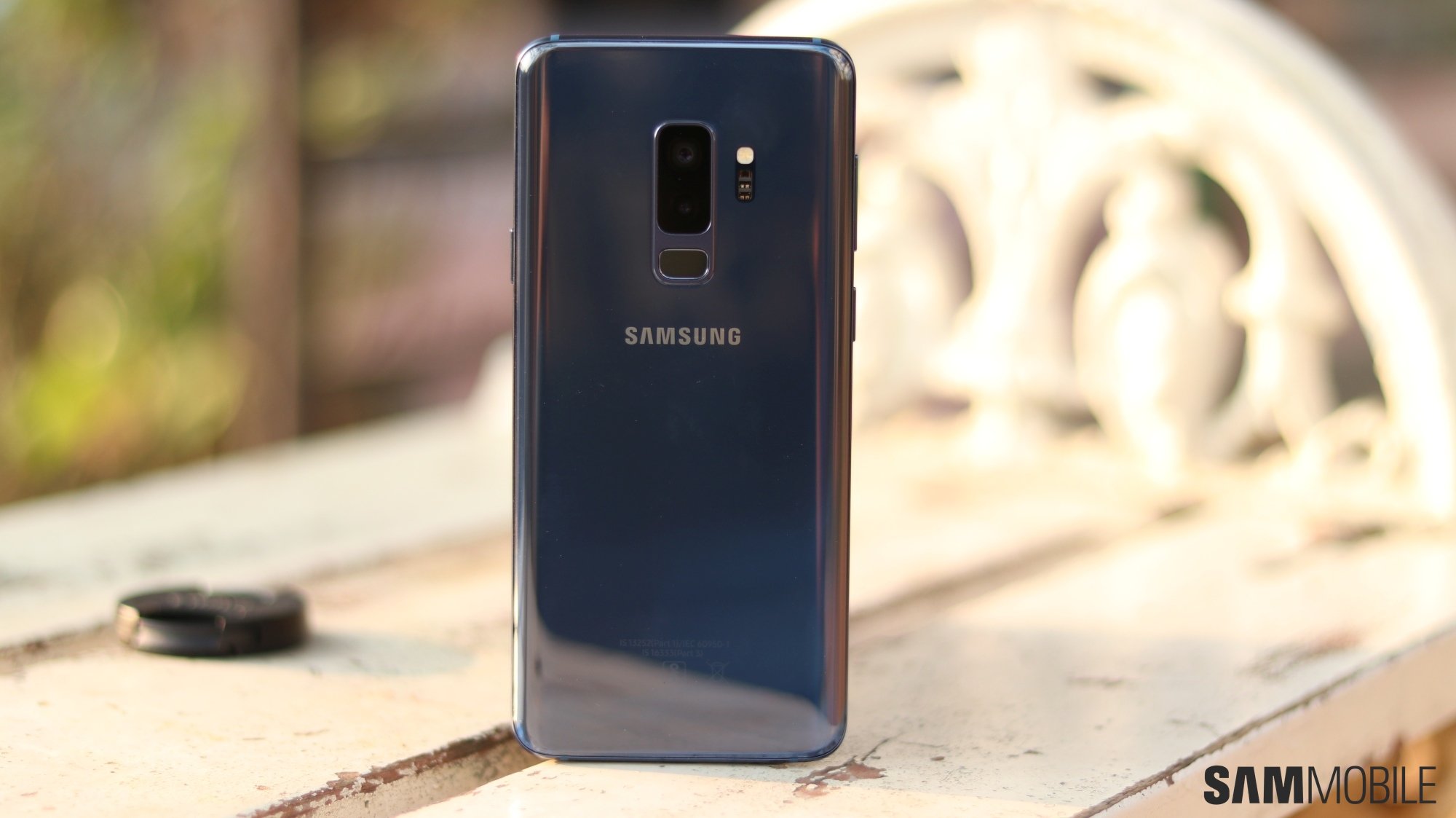
Software
The Galaxy S9 shipped with Android 8.0 Oreo and Samsung Experience UX 9.0. However, earlier this year, Samsung updated the Galaxy S9/S9+ to Android 9 Pie with Samsung One UI on top of it. The software experience here is standard and doesn’t offer anything exclusive. The company has recently released (availability may vary depending on the region) the March 2019 security update for the S9, which also brought the S10’s selfie with narrow FOV feature to it.
Since Samsung releases two major Android updates for most of its flagship devices, it is safe to assume the Galaxy S9 will get the Android Q update a few months after Google officially releases it
Availability
Samsung announced the Galaxy S9/S9+ at the MWC 2018 in Barcelona in February last year. The devices went on sale globally in mid-March. It comes in 4GB/64GB, 4GB/128GB, and 4GB/256GB storage configurations, priced at $719, $769, and $839, respectively, for the unlocked version in the US at launch. The current prices may be much lesser since the model is more than a year old already.
It is available in Midnight Black, Coral Blue, Titanium Gray, Lilac Purple, Burgundy Red, Sunrise Gold, and Ice Blue color options, with some of them restricted to specific storage configurations.
